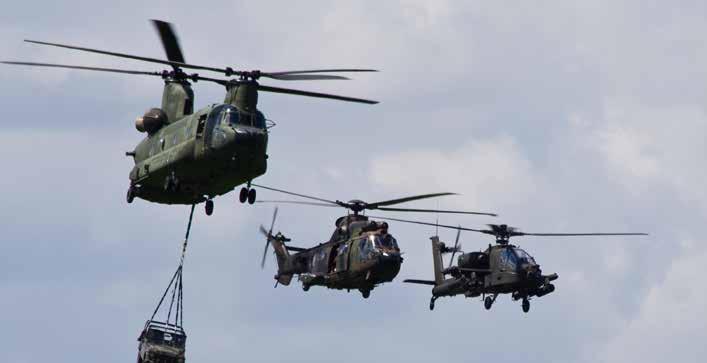
2 minute read
7. Key areas to be addressed
Key areas to be addressed
• Changes in FDI policy and defence policy should be in sync with each other and
Advertisement
FDI upto 74 per cent should be allowed in all categories of acquisition.
• In view of synergies between defence, civil aerospace and homeland security (HLS), sourcing of civil aviation and HLS products should be an offsetable activity.
• Defence contracting should be modified and aligned with global best practices.
• The 0.5 offset multiplier on components should be reconsidered.
DAP 2020
• In view of non-availability of requisite raw materials and specific infrastructure, meeting the enhanced indigenous content requirements could be a challenge. • DAP 2020 has brought about certain changes in defence contracting framework, such as clauses on termination, taxes and duties and buyer’s right to optimise life cycle costs which cause additional compliance and cost of doing business. • Indian MoD may consider inclusion of important clauses such as Limitation of Liability which defines post-delivery risk allocation especially for aviation products and is beneficial for both parties.
Language for clauses like warranty, force majeure, and liquidated damages should be aligned with international contracting best practices which shall tremendously add to ease of doing business with Indian MoD.
Relaxing FDI limitations
• While FDI has been liberalised to 74 per cent under automatic route, yet, many acquisition categories (such as Strategic Partnership, Buy (Indian-IDDM), Make I, Make II) do not permit an
Indian vendor to have FDI beyond 49 per cent.
All acquisition categories should homogenously follow the FDI cap of 74 per cent. • The Government should bring forth a clear list of conditions to be complied by foreign OEMs to set up 100 per cent subsidiaries for defence manufacturing.
Offset policy
• Products of homeland security, civil aviation and services are no longer eligible for discharging offsets. These domains of services, civil aviation and homeland security have a lot of overlapping infrastructure and technologies which will help
Indian companies to leverage economies of scale, thereby promoting ‘Atmanirbhar Bharat Abhiyaan’. • The introduction of a 0.5 multiplier on components of items on the eligible products list may be counterproductive for small businesses/start-ups which often manufacture small components/systems. Further, the term
‘components’ is not clearly defined and will lead to administrative difficulties during offset program implementation. • Approval of offsets and banking claims is a cumbersome process that needs to be simplified and fast tracked. • Indian MoD may reconsider abolishment of offset banking as it was a key driver for Tier-1 vendors/
OEMs to invest and source from India and also provided a business base for Indian companies.
Banking of credits yielded a perpetual order book to Indian companies resultantly meeting economies of scale. With the abolishment of offset banking, it appears Tier-1 vendors/ OEM shall be disincentivised to set up large scale investment/ sourcing from India only to comply with a one time and time-barred obligation.
Delays in seeking approvals
• Approvals for defence specific tax exemptions, industrial licenses etc should be timebound. • Processes for seeking and obtaining such approvals should be well-defined and streamlined.






